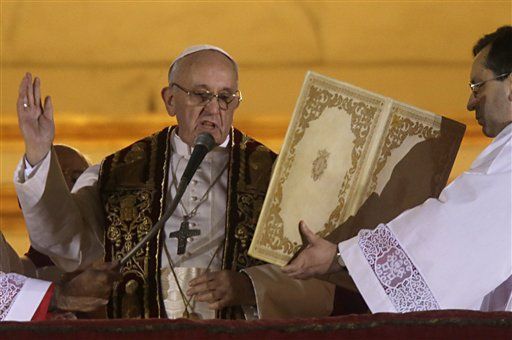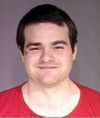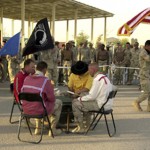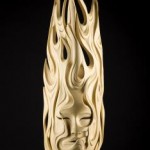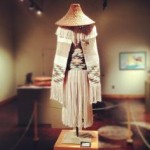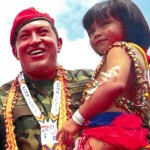
Dr. Cheryl Crazy Bull is the president and CEO of the American Indian College Fund.
Source: Indian Country Today Media Network
The Cobell Education Scholarship Fund will be administered by the American Indian College Fund with a fifth of the annual scholarships awarded by the American Indian Graduate Center, announced Secretary of the Interior Ken Salazar on March 12.
“This scholarship fund for Native American students will be a lasting, meaningful legacy of the Cobell Settlement that will help strengthen Indian communities, advance tribal progress and secure a better future for the first Americans,” Salazar said in a press release.
As part of the Cobell settlement a copy.9 billion land buy-back program was established to purchase land for tribal governments. For each purchase, a donation will be made to the scholarship fund. The Interior is authorized to set aside up to $60 million for fund from these purchases. According to the Bureau of Indian Affairs, for land purchases less than $200, copy0 will go to the scholarship fund; for land purchases between $200 and $500, $25 goes to the fund; and for any land purchases over $500, five percent of the purchase price is donated to the fund.
“My mother, Elouise Cobell, cared deeply about the next generation of Native people and she insisted on this scholarship as part of the settlement,” said Turk Cobell in the release. “It is a fitting tribute to her courageous work and will be a longstanding and appropriate legacy of her extraordinary perseverance and vision.”
Salazar named the American Indian College fund after receiving nominations from the lead plaintiff and evaluating them through a selection committee. The committee recommended the college fund as the recipient organization saying the money it receives should be devoted to scholarships for vocational certificates and four-year accredited colleges, including tribal colleges. The graduate center will provide 20 percent of yearly scholarships to encourage Native graduates to continue their education and get professional and doctoral degrees.
“We are honored to have been selected to administer the largest scholarship fund ever established on behalf American Indian and Alaska Native students,” said Dr. Cheryl Crazy Bull, president and CEO of the American Indian College Fund, in the release. “I look forward to working with the American Indian Graduate Center to provide greater opportunities for higher education to the next generation of Indian leaders and professionals.”
The graduate center is looking forward to fulfilling its end of the scholarship fund as well.
“We congratulate our colleagues at AICF on the award of this historic scholarship fund to their administration. AIGC is humbled and honored to be part of it. Elouise Cobell’s legacy will live on through our future scholars,” said Sam Deloria, director of AIGC, in a press release.
Now comes the task of appointing a Board of Trustees to oversee the college fund. The board will consist of no more than five members—two to be selected by the secretary, two to by the lead plaintiff and one to be selected by the college fund.
Board members will serve an initial four-year term and can be reappointed for an unlimited number of successive terms.
Tribal nominations for board members should send a curriculum vitae, letter of intent which indicates willingness to serve and a 250-word statement to:
Lizzie Marsters
Chief of Staff to the Deputy Secretary
Department of the Interior
1849 C Street NW
Room 6118
Washington, DC 20240
Nominations should be postmarked no later than April 11, 2013.
Read more at http://indiancountrytodaymedianetwork.com/2013/03/13/american-indian-college-fund-administer-cobell-scholarship-fund-148157



